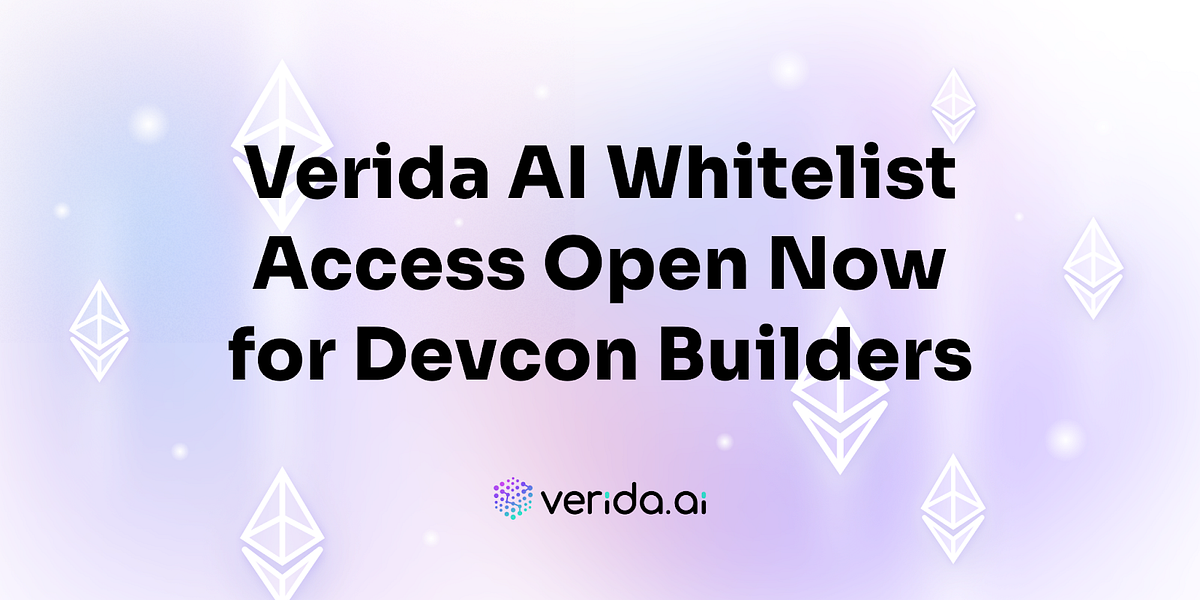Verida AI Launches Private Data Bridge for Secure AI Integration

Verida AI is at the forefront of integrating user data into artificial intelligence projects while prioritizing privacy and data ownership. Their innovative solution, the Verida Private Data Bridge, allows both individuals and organizations to securely connect and utilize sensitive user data within AI applications. This technology is designed to empower developers by providing a streamlined, one-click integration process that ensures compliance with privacy regulations and eliminates the need for third-party oversight. As AI continues to evolve, Verida AI is committed to creating a decentralized future where data privacy is a fundamental standard rather than an afterthought.
The company recently announced that whitelist access for Verida AI is now open to all builders attending Devcon 2024. This initiative presents a unique opportunity for developers to be among the first to explore the capabilities of the Verida Private Data Bridge. By joining the whitelist, developers can gain early access to powerful tools that facilitate the integration of personal data into AI applications, ranging from healthcare to finance. The Private Data Bridge not only enhances data sharing capabilities but also ensures that users maintain control over their data, further promoting a privacy-first architecture.
Looking ahead, Verida AI plans to introduce several exciting features and programs, including Data Connector Grants aimed at supporting developers who wish to integrate Verida’s data connectors into their applications. This initiative is part of Verida’s broader mission to enhance the functionality and scalability of decentralized applications while maintaining a strong focus on privacy. As Verida AI continues to innovate, it invites developers to join in building a future where data privacy and AI innovation go hand in hand, paving the way for transformative advancements in technology.
Related News





